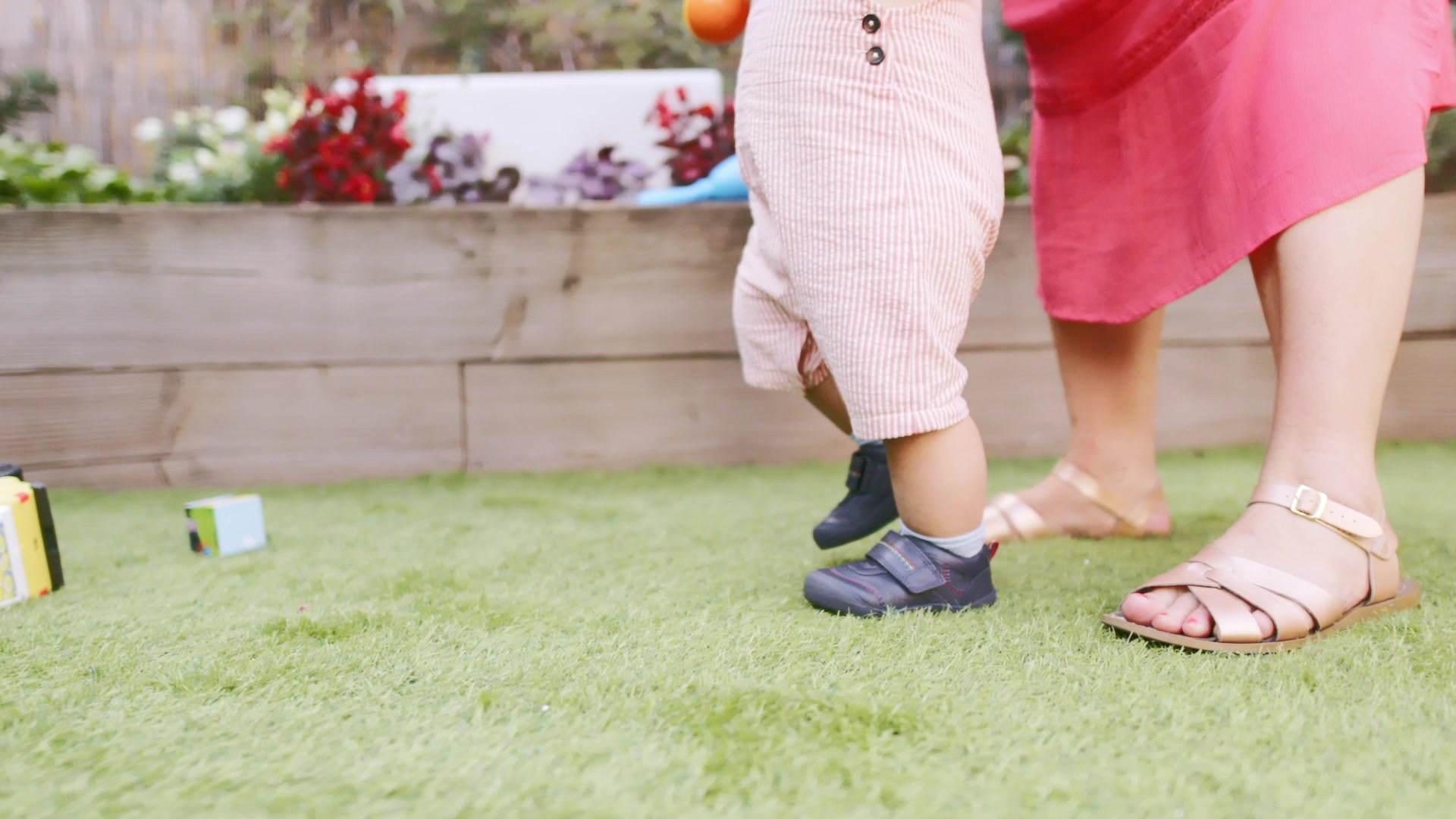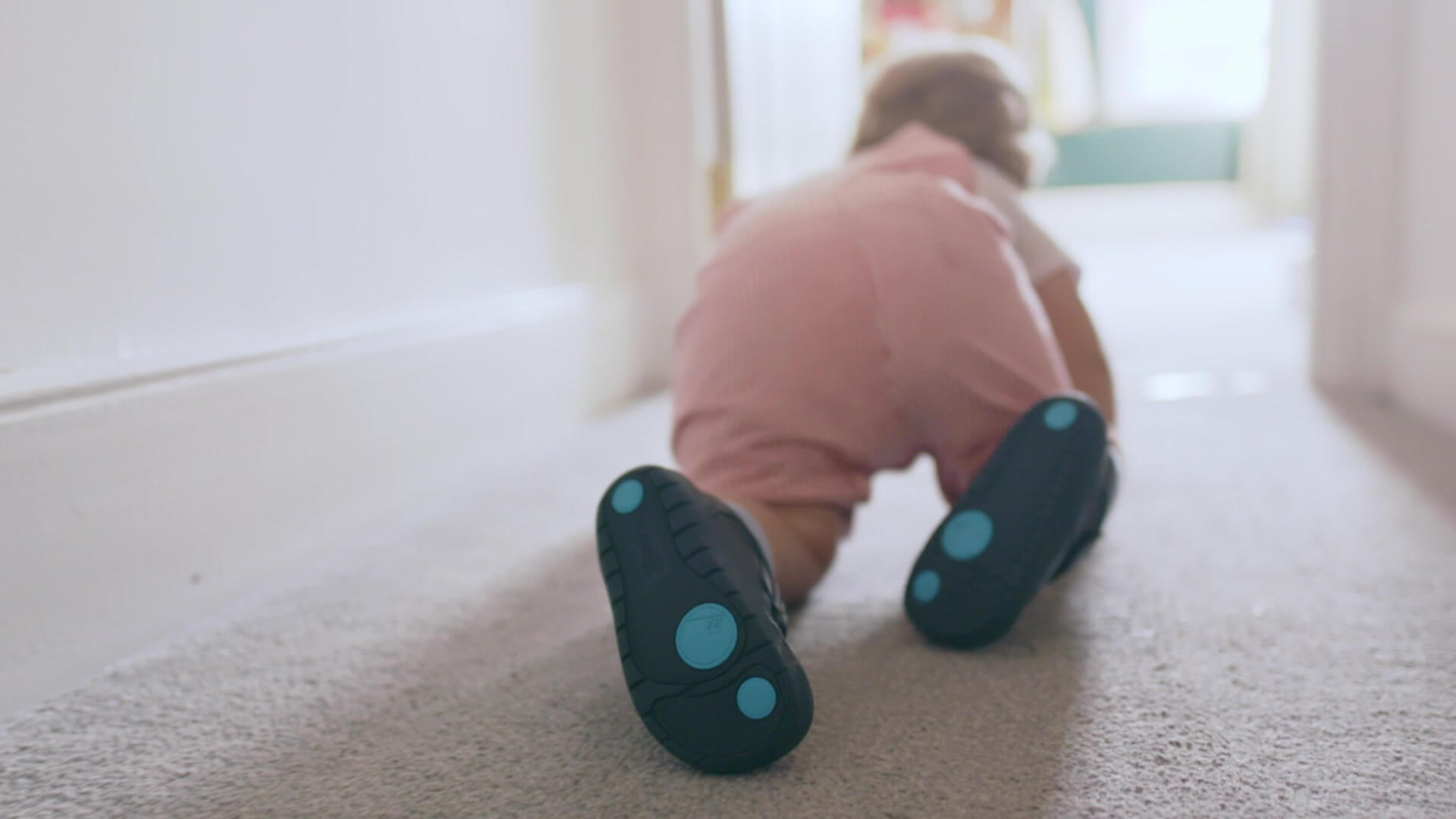Written in partnership with Biomechanics Expert and Managing Director of Brytespark, Martin Haines

A child progresses through various milestones during its development. Milestones are key movements that a child should develop in sequence to ensure they have full movement capabilities when they mature. It’s like learning a new skill at any age, you need to learn the basics before progressing on to higher level skills - learning to walk before you run. These milestones are genetically programmed as its individual body parts develop synchronously.
Inactive children are more likely to have weak muscles in their feet, less coordination and poorer balance. This can lead to alteration of foot shape, flatter feet and consequently the risk is higher for injuries when they get older.
The body’s physical development is based around movement. Movement strengthens muscles, it both loosens and stabilizes joints, and it enables coordination of sometimes quite complex physical tasks. Movement also helps the development of the heart and lungs and other internal structures which are vital for a long and productive life.

Movement also helps with balance. Balance is helped by a number of systems, one of which is a system of strain gauges within every joint, ligament and muscle. These strain gauges are known as Proprioceptors, which are little cells that when stimulated by movement, tell the brain about the position of the joint and pressure going through it. This system is critical for correct physical development, including strength and flexibility and the ability to run and move in a balanced and coordinated manner. What is the best way of stimulating these strain gauges? MOVEMENT. This can take various forms depending upon the age of the child from playing with games that encourage rolling movements for example when they are infants to playing sport or performing other physical activities when they are ready.
Find out more ways to keep children active in our Keep Moving hub >